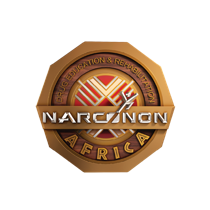The Health Risks of Abusing Pseudoephedrine
There are over the counter and prescription cold medications on the market that contain pseudoephedrine, a chemical needed to produce methamphetamine. By itself - that is, not converted into methamphetamine - it is a stimulant that can cause greatly speeded heart rate, irregular heart beat, seizures, hallucinations and high blood pressure.
When combined with the abuse of other drugs, it can help trigger the paranoid psychosis that is so common to heavy methamphetamine abuse. Used with alcohol or central nervous system depressants like sedatives, a person could suffer an overload of respiratory depression that could prove fatal.
Bowel

Pseudoephedrine causes the vascular system to constrict, which increases the blood pressure. In the bowel, the reduction in blood flow to the bowel can cause serious problems such as appendicitis or even gangrene. A person may suffer chronic abdominal pain but it can be difficult to identify the source, particularly as many people who abuse drugs do not want to tell medical doctors. If the damage is not correctly identified, the mortality rate is 90%.
Nervous System
Even normal use of pseudoephedrine can result in hallucinations and convulsions. The higher dosages of abuse make these effects even more likely.
Babies
Because pseudoephedrine causes blood vessels to constrict, it can severely affect a developing foetus. The growing baby is dependent on the mother’s blood supply for normal development. If this blood supply is interfered with, deformities like gastroschisis can result. Gastroschisis is a condition in which the intestines partly or fully protrude outside the baby’s abdomen through a small or large opening. This condition often means that a baby is born prematurely and that is often has heart defects as well. Gastroschisis results from a disturbance of the mother’s vascular system in the first 10 weeks of pregnancy. In a study of 206 infants with this or a similar condition, a definite link to pseudoephedrine early in pregnancy was found.
Resources:

